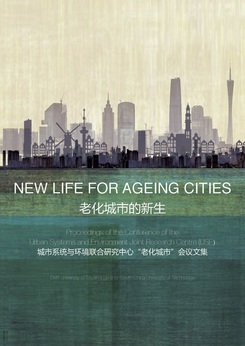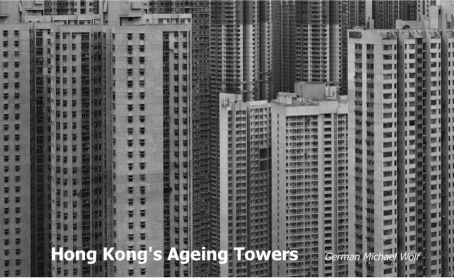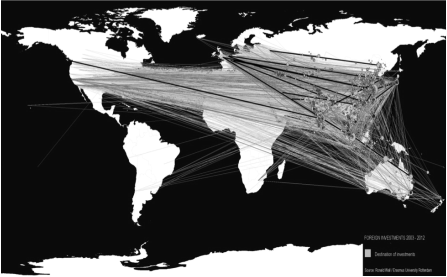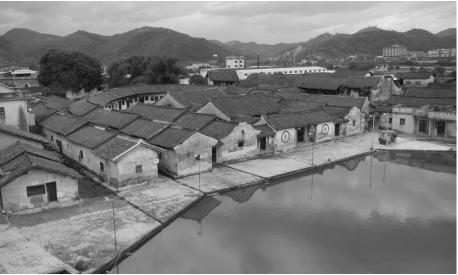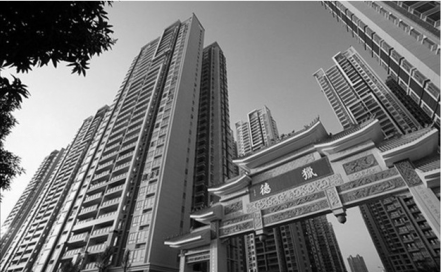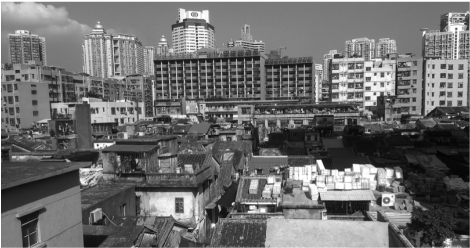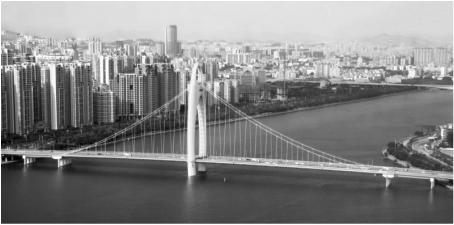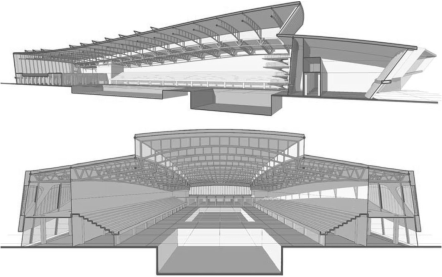|
Cities are ageing. This observation applies to the physical infrastructure of cities - their built environment and urban systems – and also to their economic and social structures, to their populations and to their more intangible assets such as place identity. A major component of ageing is in the life cycle of the hard infrastructure – the materials that make up the physical structures, some of which is dealt with under routine maintenance and some which requires more ad hoc and radical solutions. Cities also ‘age’ in relation to changing societal goals and technological change which may be more difficult to anticipate. For example, many cities that were designed around mobility through the motor car now need to adapt to more sustainable modes of transport. And cities age in relation to their ‘soft infrastructure’ - their social, economic and cultural systems. Cities which were constructed to meet the needs of heavy industry may need to change to facilitate economic restructuring to include more service based jobs. The urban cultural heritage of cities may be important for place attachment but it requires careful conservation and adaptation.
Ageing brings costs and benefits. On the positive side, systems may operate more effectively and a strong sense of shared identity may emerge. But many effects of ageing require intervention and maintenance, often at great cost, especially where elements of the city ‘come to an age’ at the same time, as in new towns. There can be no ‘future-proofing’ of the city, but it is certainly possible to plan and build cities that are more adaptable to unanticipated demands. |
The many smart city, intelligent city and eco-city strategies around the world are responses to the common core challenge which is to give new life to ageing hard and soft infrastructure, to transform existing ageing districts and to plan and create more adaptable environments. Ageing affects both fast developing regions of Asia, and the established and relatively stable cities of Europe. In the Pearl River Delta the unprecedented magnitude of new construction in infrastructure and housing has led to rapid expansion and restructuring of city regions. Attention is now turning to questions of upgrading and transformation of the first waves of urbanization. In the Netherland, especially in the core metropolitan region of the Randstad, urban renewal and regeneration have been at the forefront of debate for many years. In both regions urban transformation in response to ageing cities is seen as an opportunity to improve their prosperity and sustainability.
The two conferences on “Ageing Cities” consider the current and future challenges of transforming the built environment to repair ageing structures, to accommodate change and to anticipate and plan for more adaptable cities. The viewpoints come from the academic, practitioner and government sectors and range across many disciplines: materials science, digital design, urbanism, planning, architectural design, civil engineering, technology policy and urban management, and more. They discuss the challenges and new ways of planning, design construction and maintenance concerning the adaptability and resilience of the built environment. They propose new technologies that will improve the durability of materials, buildings and infrastructure, as well as new management models dealing with complexity and uncertainty in the transformation of ageing cities.
The two conferences on “Ageing Cities” consider the current and future challenges of transforming the built environment to repair ageing structures, to accommodate change and to anticipate and plan for more adaptable cities. The viewpoints come from the academic, practitioner and government sectors and range across many disciplines: materials science, digital design, urbanism, planning, architectural design, civil engineering, technology policy and urban management, and more. They discuss the challenges and new ways of planning, design construction and maintenance concerning the adaptability and resilience of the built environment. They propose new technologies that will improve the durability of materials, buildings and infrastructure, as well as new management models dealing with complexity and uncertainty in the transformation of ageing cities.
Infrastructures and Materials 基础设施和材料Ageing of Materials, Structures and Systems | Klaas van Breugel
材料、结构与系统的老化 | Klaas van Breugel Structural Health Monitoring of Ageing Infrastructures | Cheng SU 老化基础设施结构的健康监测 | 苏成 Ageing of Concrete Infrastructure | Rob Polder 混凝土基础设施的老化 | Rob Polder Design and Optimization of Durable and Environment-friendly Blended Concrete | Peng GAO, Yong ZHANG, Guang YE 耐久型和环境友好型复合混凝土的设计与优化 | 高鹏, 张勇, 叶光 |
Past and Future 过去和未来Yesterday’s Cities | Paul Rabé
昨日之城 | Paul Rabé Varying Approaches to the Future of a Large Chinese “Ageing” City | Haohao XU 未来中国大城市“成长”的不同途径 | 徐好好 Planning and the Built Heritage in Ageing Cities | Vincent Nadin 老化城市的规划和建成遗产 | Vincent Nadin Beyond World Workshop: Re-profiling Chinese Cities in the Pearl River Delta (PRD) | Yawei CHEN 超越世界工厂:中国珠江三角洲城市转型 | 陈雅薇 Sustainable Smart Resilient Low Carbon Eco Knowledge Cities: A Remedy for Urban Ageing in the Greater Pearl River Delta? | Martin de Jong 可持续智慧弹性低碳生态知识城:对大珠三角城市老化的拯救?| Martin de Jong |
Planning and Governance 规划和治理Planning Issues of China's Ageing Cities | Jianyun ZHOU
中国老龄化城市的规划议题 | 周剑云 The Dilemma of the Chinese Planning System | Dongjin QI 中国规划编制体系的困境与建议 | 戚冬瑾 Governing Ageing Cities | Ellen van Bueren 治理老化城市 | Ellen van Bueren Themed Review for USE Workshop 2015 | Feng YU USE2015工作坊主题短评 | 喻锋 |
City and Architecture 城市和建筑Adaptability and Flexibility | Yimin SUN
适应性和灵活性 | 孙一民 Computational Design for Sports Buildings | Michela Turrin 体育建筑的计算式设计 | Michela Turrin MORE THAN INFRASTRUCTURE HUBS - the Challenges for Railway Stations in Transforming Chinese Cities | Roberto Cavallo 超越基础设施的交通枢纽 - 火车站在中国城市变迁中所面临的挑战 | Roberto Cavallo Design of Educational Architectures under the Influence of Sunlight in South China | Yubo LIU 华南地区日照影响下的教育建筑设计 | 刘宇波 |

